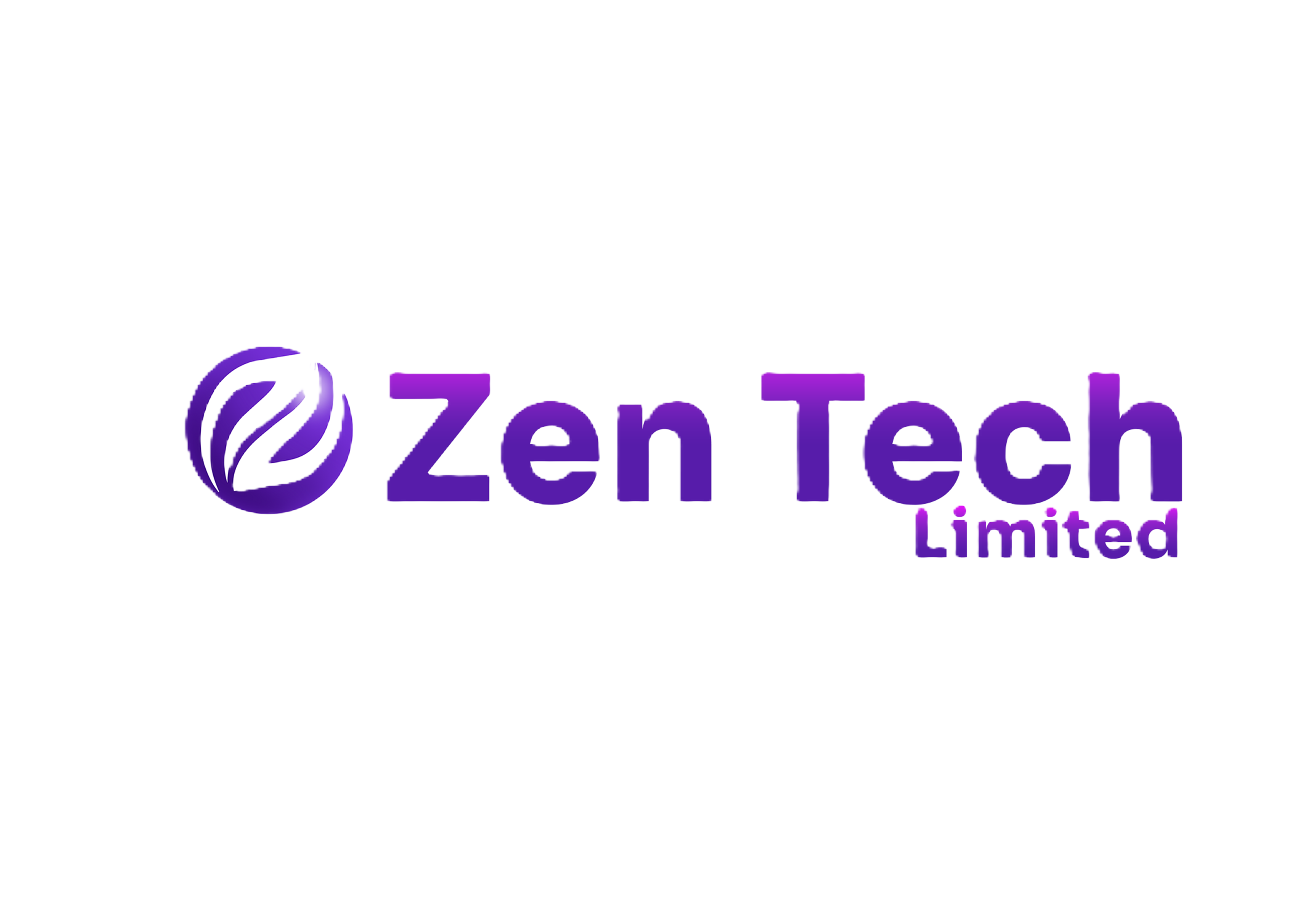How LinkedIn and Twitter Are Becoming the New Lead Magnets
Businesses and marketers have relied on Facebook and Instagram for years to generate leads and build their brands. But the landscape is shifting. LinkedIn and Twitter (now X) are quickly becoming the top platforms for professionals, brands, and thought leaders looking to attract high-value clients and business opportunities.
This is not just a trend—it’s a major shift in how social media works for B2B and high-value B2C marketing. If you’re still focused only on Instagram and Facebook ads, you could miss massive growth opportunities.
Let’s break down how LinkedIn and Twitter are becoming the new lead generation powerhouses, and how you can use them to your advantage.
Why LinkedIn & Twitter Are Dominating Lead Generation
The way people consume content and interact with brands has changed. Audiences are shifting from casual, entertainment-driven social media to insight-driven platforms where they can learn, engage, and network.
1. LinkedIn: The Go-To Platform for Business Leads and Thought Leadership
LinkedIn is no longer just a place for job seekers and recruiters. It has transformed into a content-driven powerhouse where businesses, consultants, and entrepreneurs are generating leads organically—without spending thousands on ads.
What makes LinkedIn so powerful?
- Organic reach is still strong. Unlike Instagram and Facebook, LinkedIn doesn’t heavily limit your post visibility.
- Your audience is full of decision-makers—C-level executives, business owners, and key industry professionals are active daily on LinkedIn.
- Thought leadership content performs best – Sharing industry insights, experiences, and lessons builds credibility and attracts leads naturally.
- The LinkedIn algorithm rewards engagement – The more comments and shares your post gets, the longer it stays visible in feeds.
If you are not leveraging LinkedIn for brand growth, networking, and lead generation, you are leaving money on the table.
2. Twitter (X): The New Hub for Real-Time Thought Leadership & Conversations
While LinkedIn is professional and structured, Twitter (now X) is fast, engaging, and conversation-driven. It’s where business leaders, investors, and innovators share insights, debate ideas, and create real-time engagement.
Why Twitter is becoming a lead generation platform:
- High visibility for text-based content: Unlike Instagram, Twitter rewards well-structured threads and short insights.
- Direct access to industry leaders: Unlike LinkedIn, you can easily engage with top-level professionals and get noticed.
- Real-time marketing thrives: Timely content about trends, news, and opinions can generate massive reach and discussion.
- Building a strong personal brand is easier: With consistent engagement, you can quickly establish authority in your niche.
How to Use LinkedIn & Twitter to Generate Leads in 2025
If you want to win on these platforms, you need to move beyond just posting and start strategically positioning yourself as an authority.
Step 1: Build a High-Value Profile
Your profile is the first thing people see, and it should immediately communicate who you are and what you do.
For LinkedIn:
- Use a clear, professional headline that highlights your expertise.
- Optimize your About section with a compelling story and value proposition.
- Add featured content (case studies, articles, videos) to showcase your credibility.
For Twitter:
- Use a pinned tweet to highlight your best-performing content.
- Keep your bio short, clear, and niche-specific.
- Engage in industry conversations daily to stay visible.
Step 2: Create Content That Drives Engagement
Your content should position you as a thought leader, problem solver, and industry expert.
On LinkedIn, post:
- Personal stories and lessons from experience.
- Industry insights and data-backed trends.
- Actionable tips that provide immediate value.
- Case studies and success stories.
On Twitter, post:
- Short, punchy insights that spark engagement.
- Twitter threads breaking down key lessons or industry trends.
- Direct questions that encourage responses and retweets.
- Hot takes on current events, industry shifts, and business strategies.
Step 3: Engage with Your Target Audience Daily
Posting content alone is not enough—you need to actively interact with your audience to build relationships.
- Comment on high-visibility posts by industry leaders to get noticed.
- DM potential leads with valuable insights instead of hard-selling.
- Respond to comments and mentions to keep conversations going.
- Join LinkedIn Groups and Twitter Spaces to connect with key decision-makers.
Step 4: Use Lead Magnets & Call-to-Actions
The best way to turn engagement into actual leads is by directing your audience to free, high-value resources.
- Offer a free eBook, webinar, or case study in exchange for emails.
- Use LinkedIn newsletters or Twitter DMs to nurture connections.
- Guide people to your website, landing page, or sales funnel.
- Add a strong CTA in your profile and posts (e.g., “Download my free guide here” or “Join my weekly newsletter”).
The Future of Social Media for Lead Generation
The shift from Facebook and Instagram to LinkedIn and Twitter is just beginning. These platforms reward value-driven content and provide direct access to business decision-makers.
Key Takeaways for 2025:
- LinkedIn is the new B2B lead generation powerhouse—focus on thought leadership, personal branding, and storytelling.
- Twitter is a real-time networking goldmine—use it for quick insights, conversations, and engagement.
- Organic reach is still strong on these platforms, meaning you can grow without heavy ad spending.
- The best strategy? Be visible, add value, and engage consistently.
Businesses and individuals who adapt early to this power shift will be the ones who dominate in 2025 and beyond.
How are you using LinkedIn and Twitter for lead generation? Let’s discuss in the comments.
Wishing you an amazing week ahead—stay consistent, stay visible, and keep building.
#SocialMediaMarketing #LeadGeneration #LinkedInGrowth #TwitterMarketing #BusinessGrowth #MarketingTrends


